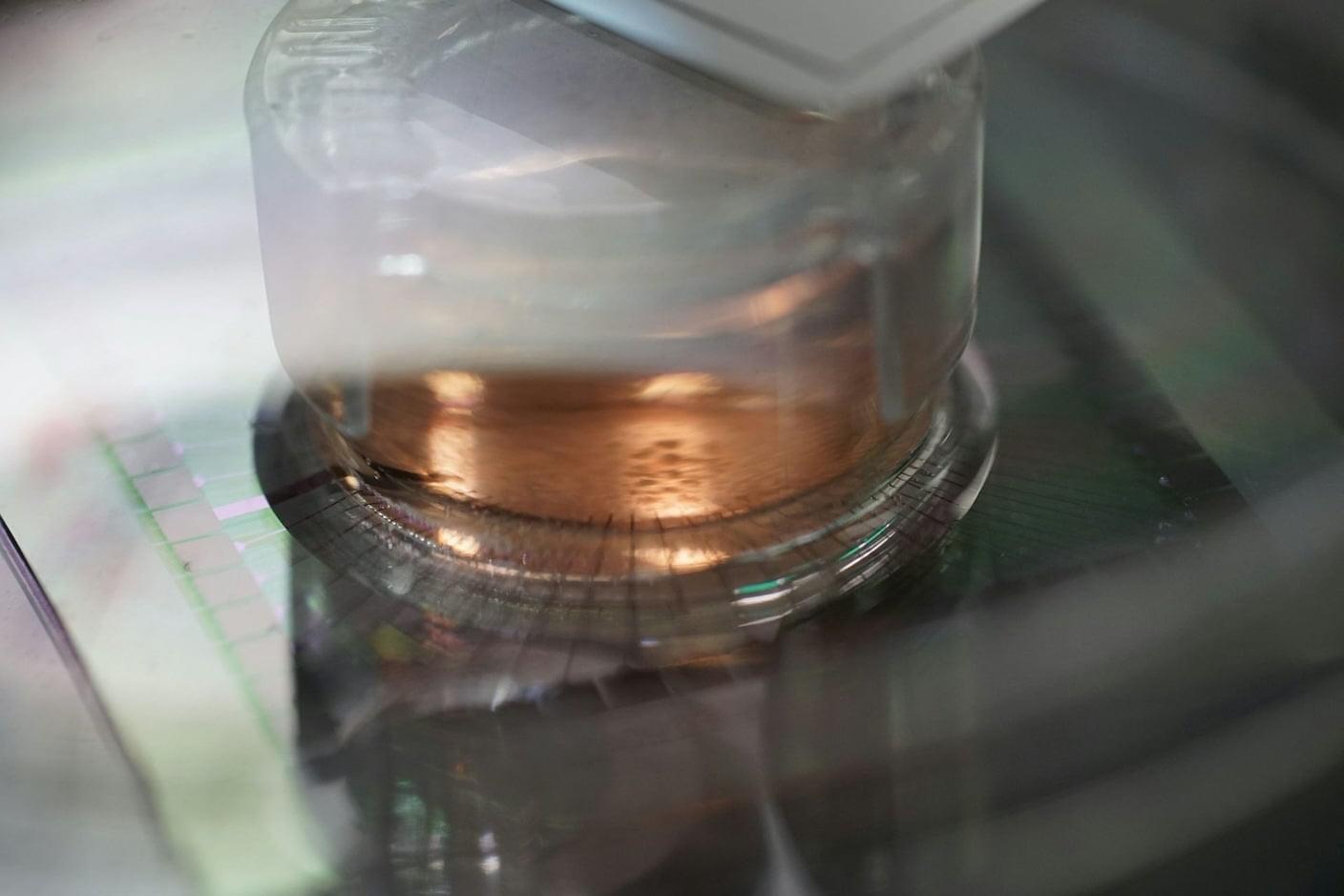A study published in The Lancet showed a significant survival benefit for patients with oropharyngeal cancers who were treated with proton therapy (IMPT) compared to those treated with traditional radiation therapy (IMRT).
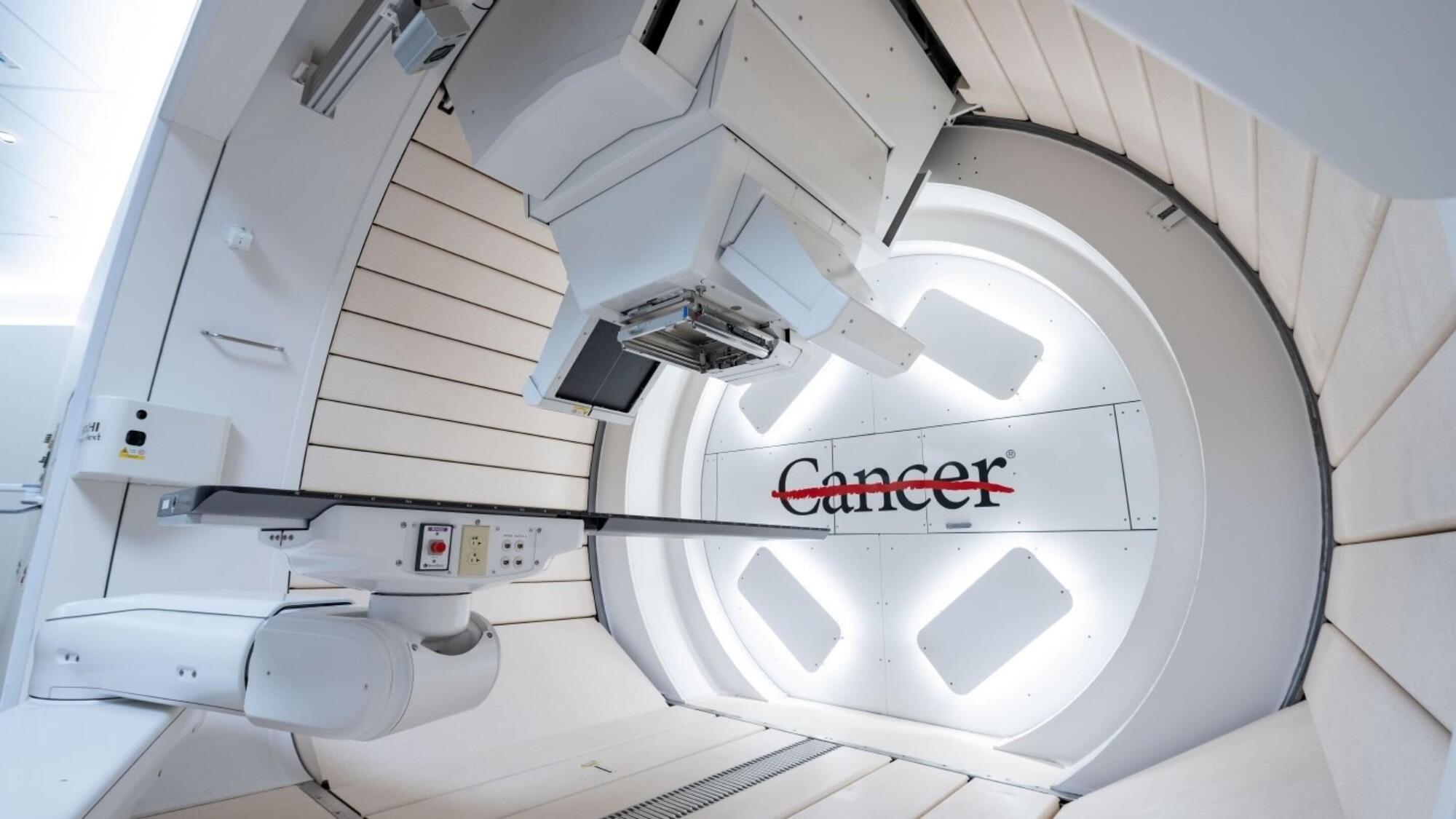

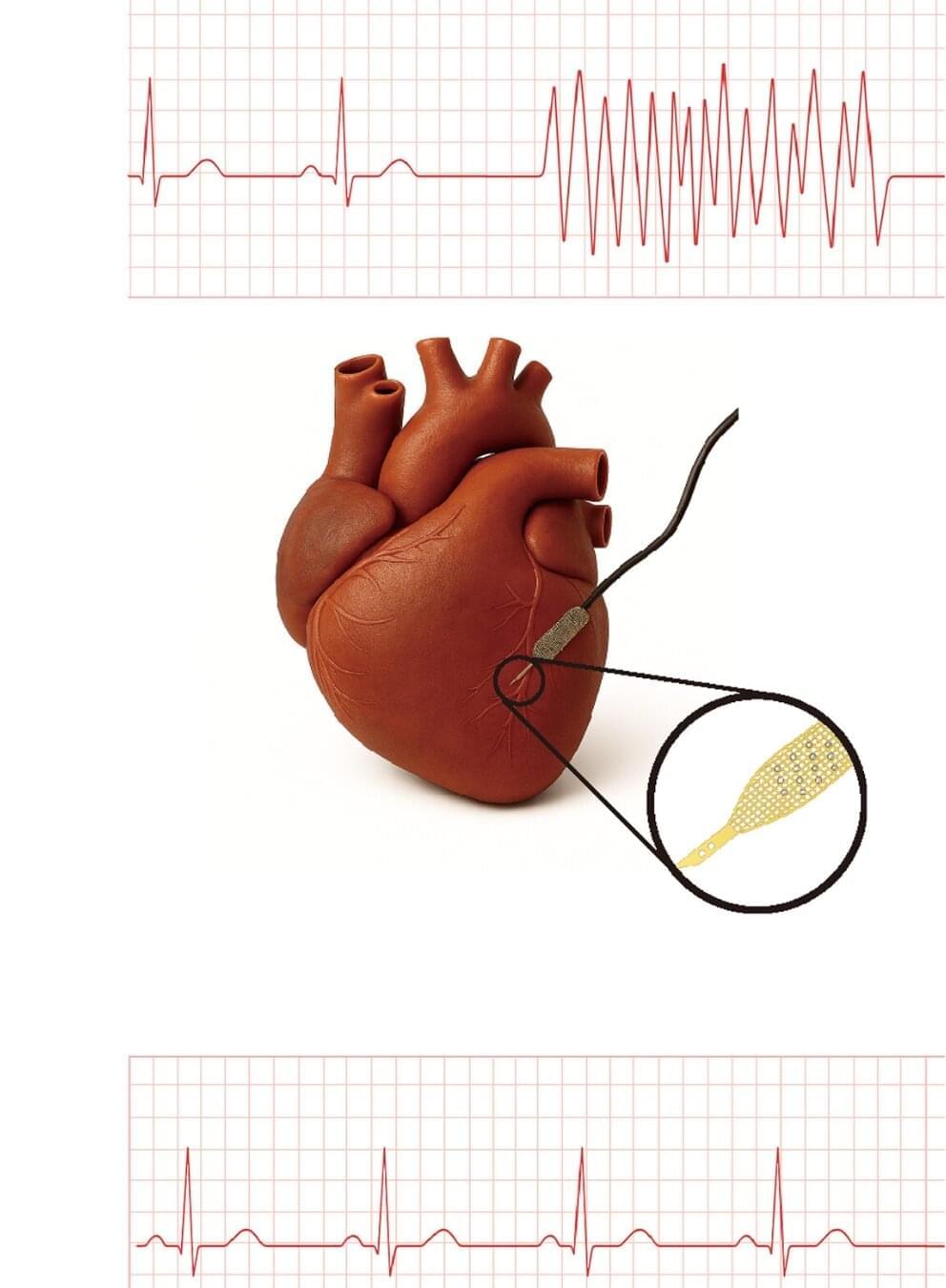
Heart muscle cells grown from patient stem cells—known as human induced pluripotent stem cell–derived cardiomyocytes, or hiPSC-CMs—are a promising way to repair hearts damaged by heart attacks and heart failure. But transplanted hiPSC-CMs often have trouble syncing to the rhythm of native heart cells, which can cause dangerous arrhythmias after transplantation.
For years, stem cell biologists and cardiac researchers have been looking for ways to improve how implanted hiPSC-CMs mature and integrate into the heart. The challenge is that once the hiPSC-CMs are implanted in vivo, it’s hard to monitor how they integrate.
Now, Harvard University researchers have developed the first platform capable of continuously monitoring how transplanted cells mature, communicate, and synchronize with native tissue inside the body. Using this system, the researchers identified a self-assembling peptide that accelerated the maturation of hiPSC-CMs and improved the electrical coupling of the transplanted cardiac organoids. The research is published in Science.
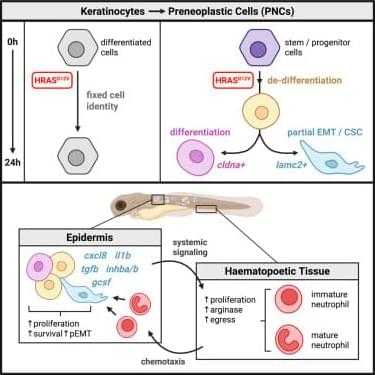
Ras mutations drive tumorigenesis yet persist in normal tissues. Elliot et al. explore this paradox, finding that HRASG12V induces bifurcating cell fates in the zebrafish larval epidermis, with lamc2+krt18+ cancer stem cell-like cells emerging from permissive cells at the preneoplastic stage and expressing neutrophil-modulating cytokines that instigate reciprocal tumor-supportive crosstalk.

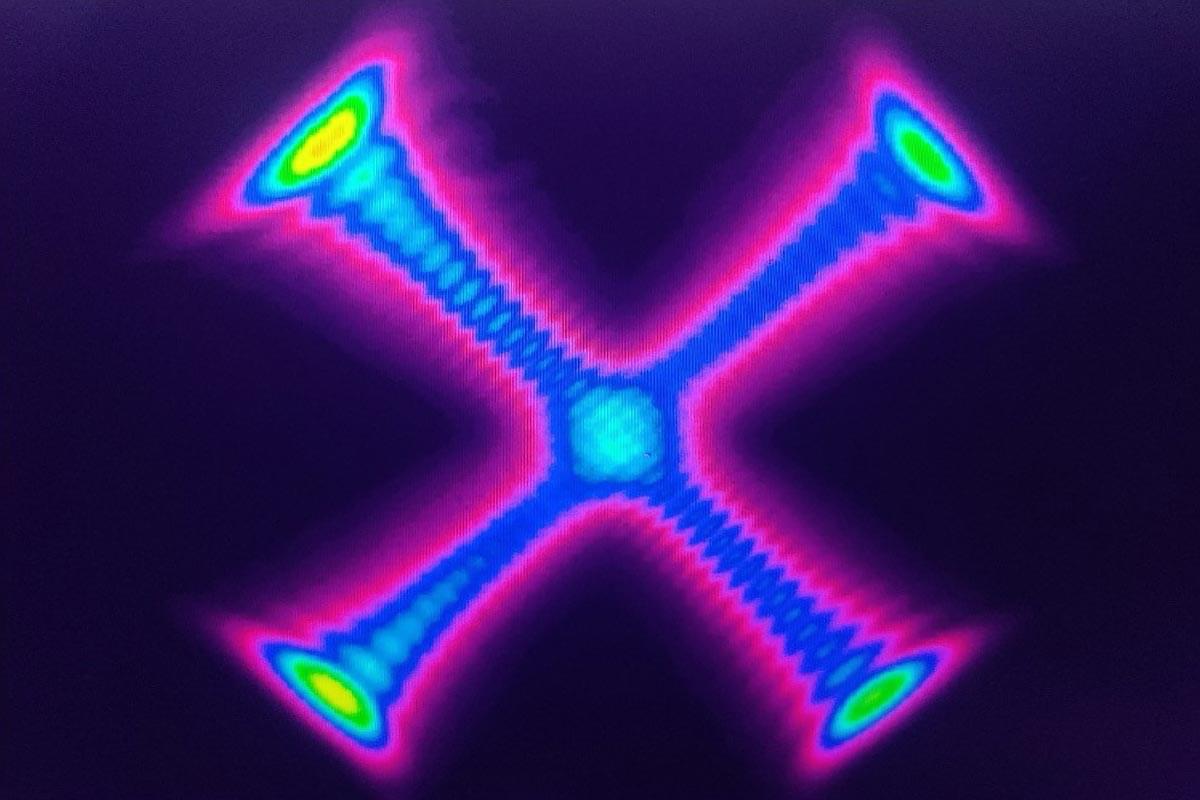
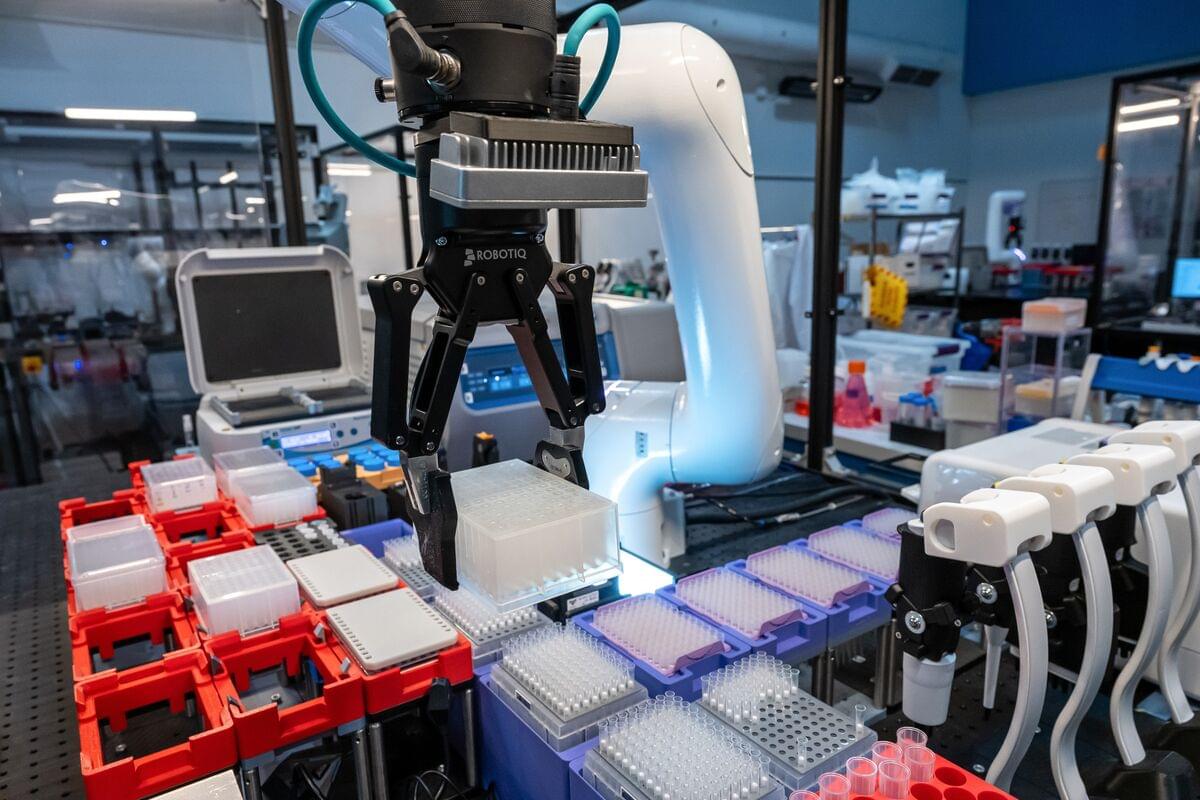
Medra, which programs robots with artificial intelligence to conduct and improve biological experiments, has raised $52 million to build what it says will be one of the largest autonomous labs in the United States.
The deal brings Medra’s total funding to $63 million, including pre-seed and seed financing. Existing investor Human Capital led the new round, which came together just weeks after the company started talking publicly about its work in September, Chief Executive Officer Michelle Lee said in an interview at the company’s San Francisco lab. The company recently signed an agreement to work on early drug discovery with Genentech, a subsidiary of pharmaceutical giant Roche Holding AG.
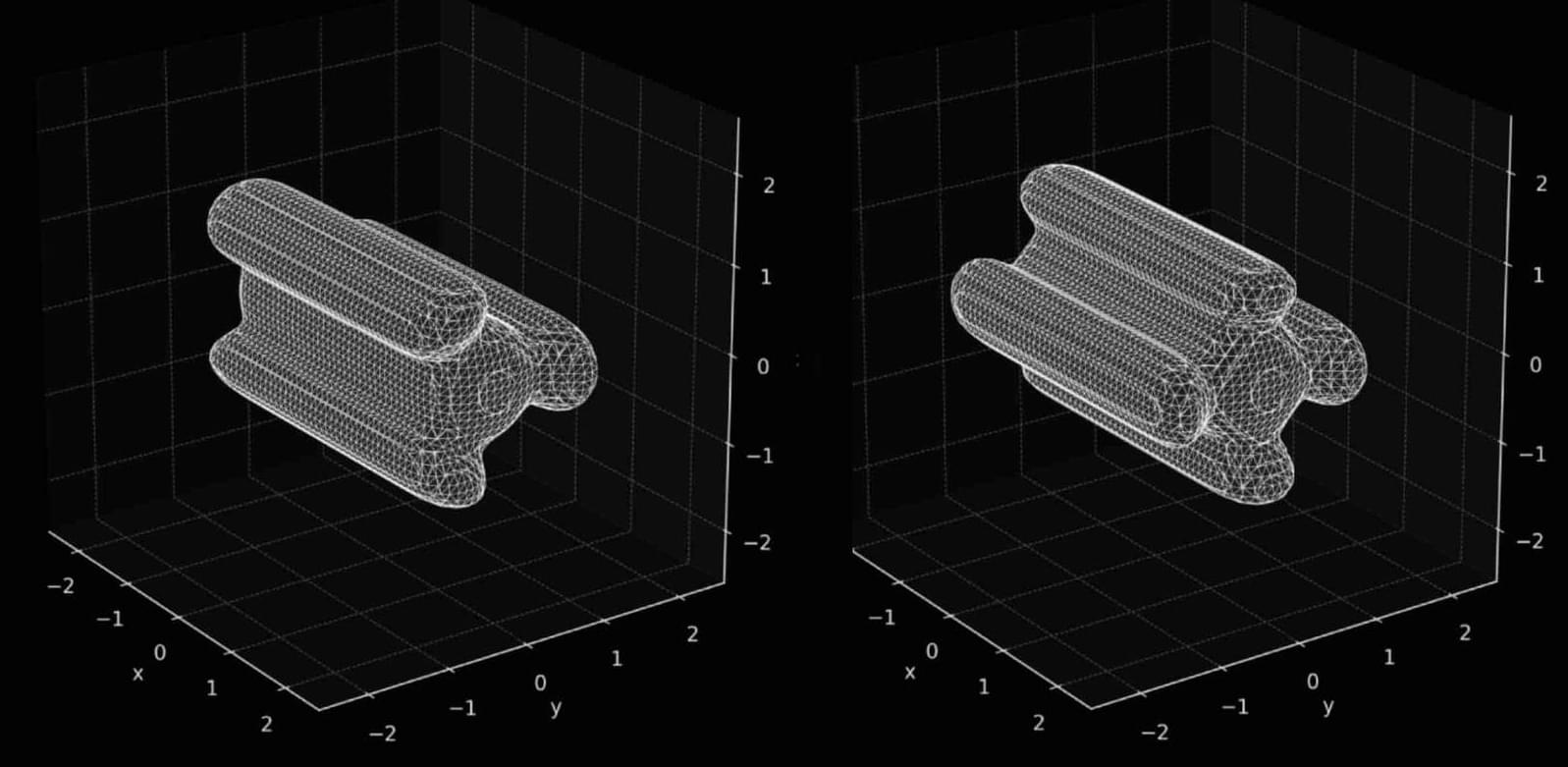
A new warp-drive study proposes a novel segmented design that could sidestep many of the problems in the original decades-old concept, bringing the possibility of hyper-fast space travel one step closer to becoming a reality.
Warp drive theory has quickly evolved since the mid-90s, when a concept developed by Mexican physicist Miguel Alcubierre was first described in a landmark paper that provided a scientific basis for hyper-fast travel within general relativity.
While the concept of warp drives was initially popularized in the futuristic realm depicted in Star Trek, Alcubierre took the idea to paper, shaping the fictional idea into a conceptual reality—one that, someday, could potentially also be realized through advanced engineering.
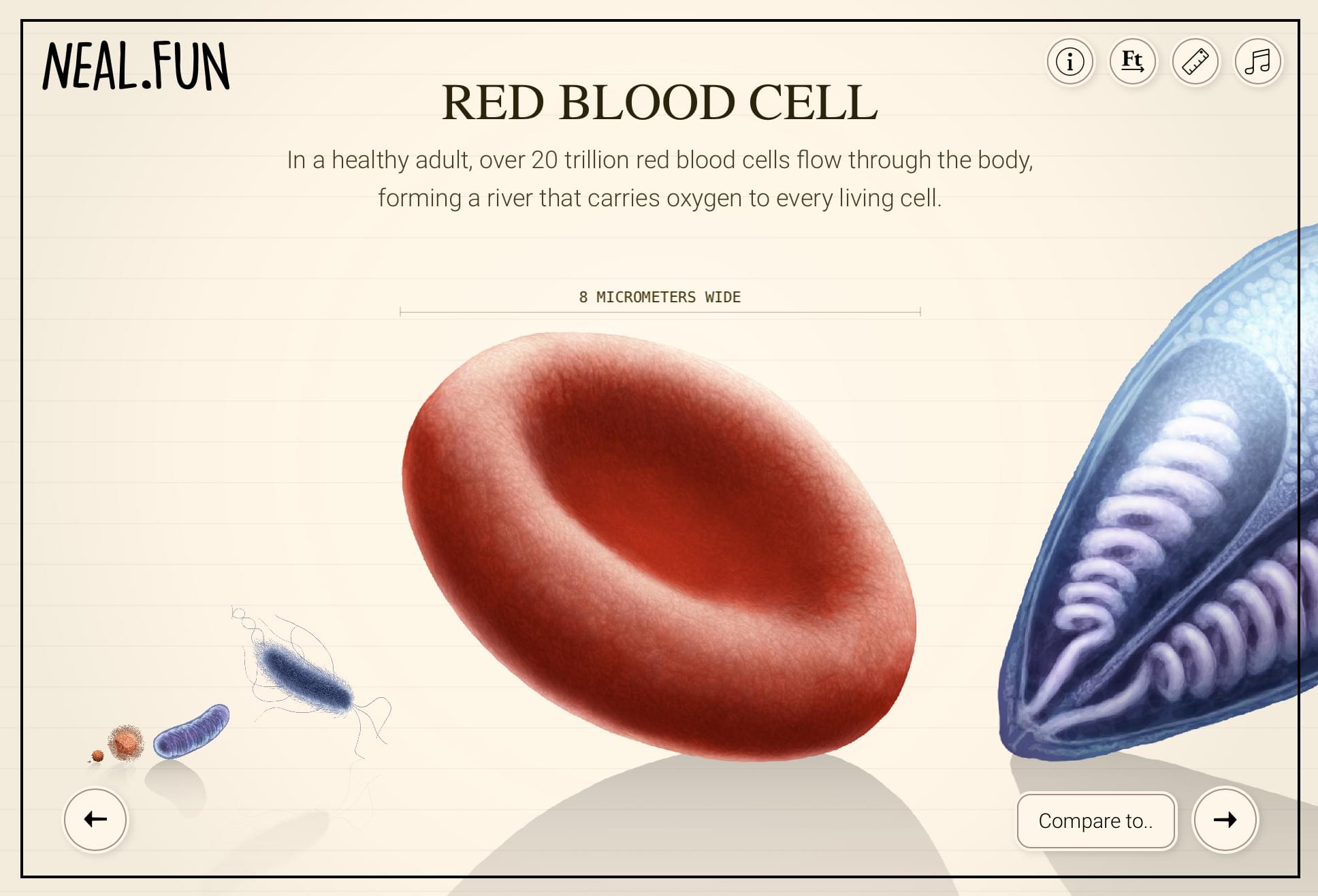
Neal Agarwal published another gift to the internet with Size of Life. It shows the scale of living things, starting with DNA, to hemoglobin, and keeps going up.
The scientific illustrations are hand-drawn (without AI) by Julius Csotonyi. Sound & FX by Aleix Ramon and cello music by Iratxe Ibaibarriaga calm the mind and encourage a slow observation of things, but also grow in complexity and weight with the scale. It kind of feels like a meditation exercise.
See also: shrinking to an atom, the speed of light, and of course the classic Powers of Ten.

